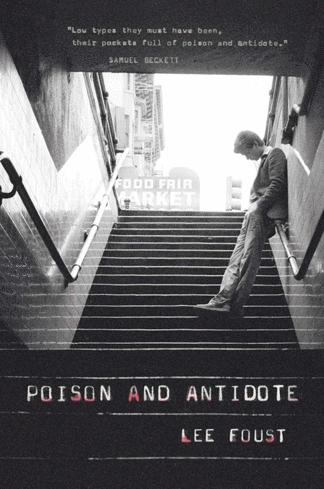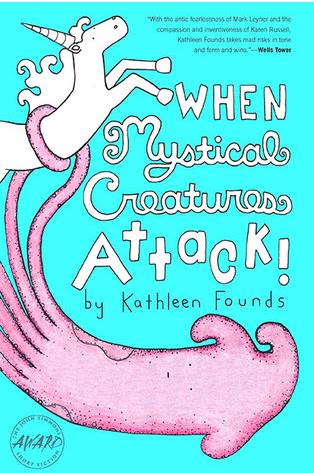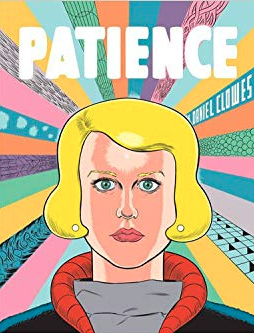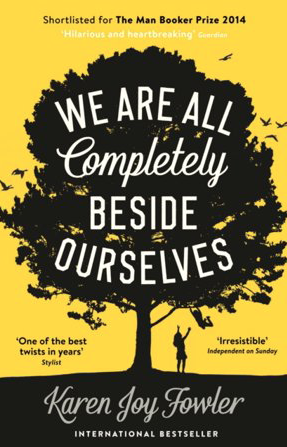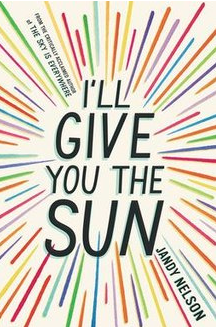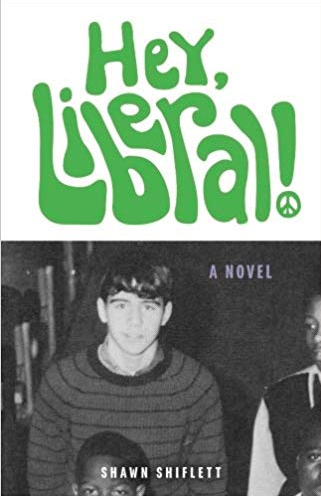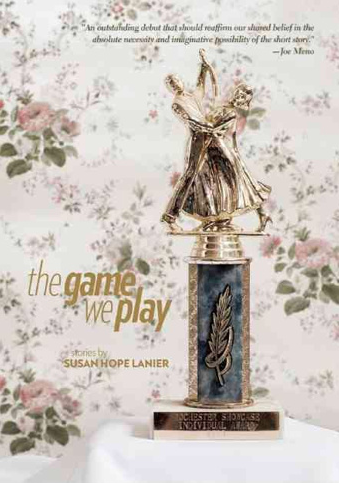The Game We Play
By Bethany Bendtsen, Managing Editor (Hair Trigger 2.0)
Six blocks later, they turn right onto Kinzie and crane their heads like tourists up at the Trump Tower construction. Sophie holds her right hand up to the sky and covers the building with the butt of her cigarette. She closes one eye, and the building plays peek-a-boo.
“Isn’t it beautiful?”
“Yeah, if you like concrete and steel,” Sophie says, dropping her cigarette and stepping on it.
“You don’t think it’s beautiful?”
Sophie thinks the tower looks like a giant metallic lighter, or a lipstick case, or a shard of glass. She thinks people want to think it is beautiful. That people want it to be art, but really it is just a building surrounded by other buildings in a city that doesn’t need any more fucking buildings. It is the spinal tap of Chicago. She doesn’t say any of this to Jamey.
Sophie Salmon says, “It’s just a building.”
“That’s sad,” Jamey says, and lights another cigarette with a chapped red hand.
They turn left onto State and cross the river. The tower guts the horizon behind them now, waiting to be crowned with a lighting rod.
The excerpt above comes from “Sophie Salmon,” one of ten stories in Susan Hope Lanier’s debut short story collection The Game We Play. If I had to pick one story from Lanier’s collection that stands out just a little more than the rest, that cuts to the core of what all the pieces seem to be about, it’s this one, sandwiched in the middle of the collection’s one hundred and twenty breezy pages. In it, the main character, an employee at the Michigan Avenue Border’s, makes one final attempt to spark a relationship with her coworker Jamey on his last day of work. Sophie is plagued by an unknown, serious illness for which she refuses to seek medical treatment and her obvious fragility permeates throughout her after-work interaction with Jamey; after a few hours at the bar, back at his apartment, for example, he simply holds her in his arms, gently, as if she was made of tissue paper.
As in the except, much of the power of “Sophie Salmon” comes from the implications of all that goes unsaid, all that remains unresolved. The dialogue and character interactions in the piece are driven forward by whisper-subtle nonverbal cues, a quality it shares with the collection as a whole. Lanier’s prose is conversational, straight-forward, and refreshingly lacking in pretense. In a few of the other stories, namely “Over Shell Drive” and “Nighthawk,” the same subtlety and simplicity of language prove to be their downfall, as the stories build but never quite . . . crescendo. Here, though, Lanier’s writing prowess is on full display as is the collection’s underlying conflict, the struggle to connect with another human being, to bridge the shortcomings of communication and the reality of innate human separateness.
This central theme unifies a collection that has little else in common; the stories have neither a shared set of characters, setting, or point of view, and they span a myriad of relationships and contexts: a baseball player at-bat to win the championship, a wife in a grocery store roleplaying to save her marriage, friends on a bender, to name only three. Some, like “At Bat” and “Felicia Sassafras is Fiction” are playfully, delightfully experimental, while others like “Cat and Bird”—my personal favorite, in which a college freshman attempts to make sense of a newfound friendship that is as intense and fraught as the 2000 presidential election against which it is set—adhere to a more linear and traditional mode of storytelling.
However, all revolve around a character’s attempt to connect with someone else on a deeper level, to understand exactly what another person wants and thinks, and the stories echo with the sharp pain of coming up short, of realizing that the connection between people is so often tenuous, insufficient, imperfect. While the collection itself is imperfect in some ways—as Newcity suggested, and I agree, the stories themselves could have been ordered differently to better showcase the strongest pieces—the overall result is a piece of work which demonstrates Lanier’s ability to do so much, which, in terms of pages, is so little. After reading this collection, I will definitely be watching to see what Lanier, a Columbia College Chicago graduate, has to offer next.
Similar Works:
Literature: Dear Life by Alice Munro
Film: Scenes from the Suburbs directed by Spike Jonze
Music: “Youthemism” by Coral Bones
When Bethany’s not writing “fiction” about falling in love with everyone she meets, she spends her time eating cheese fries, obsessing about her outfit, and being generally shady. Her favorite color is glitter.
January 30, 2017

